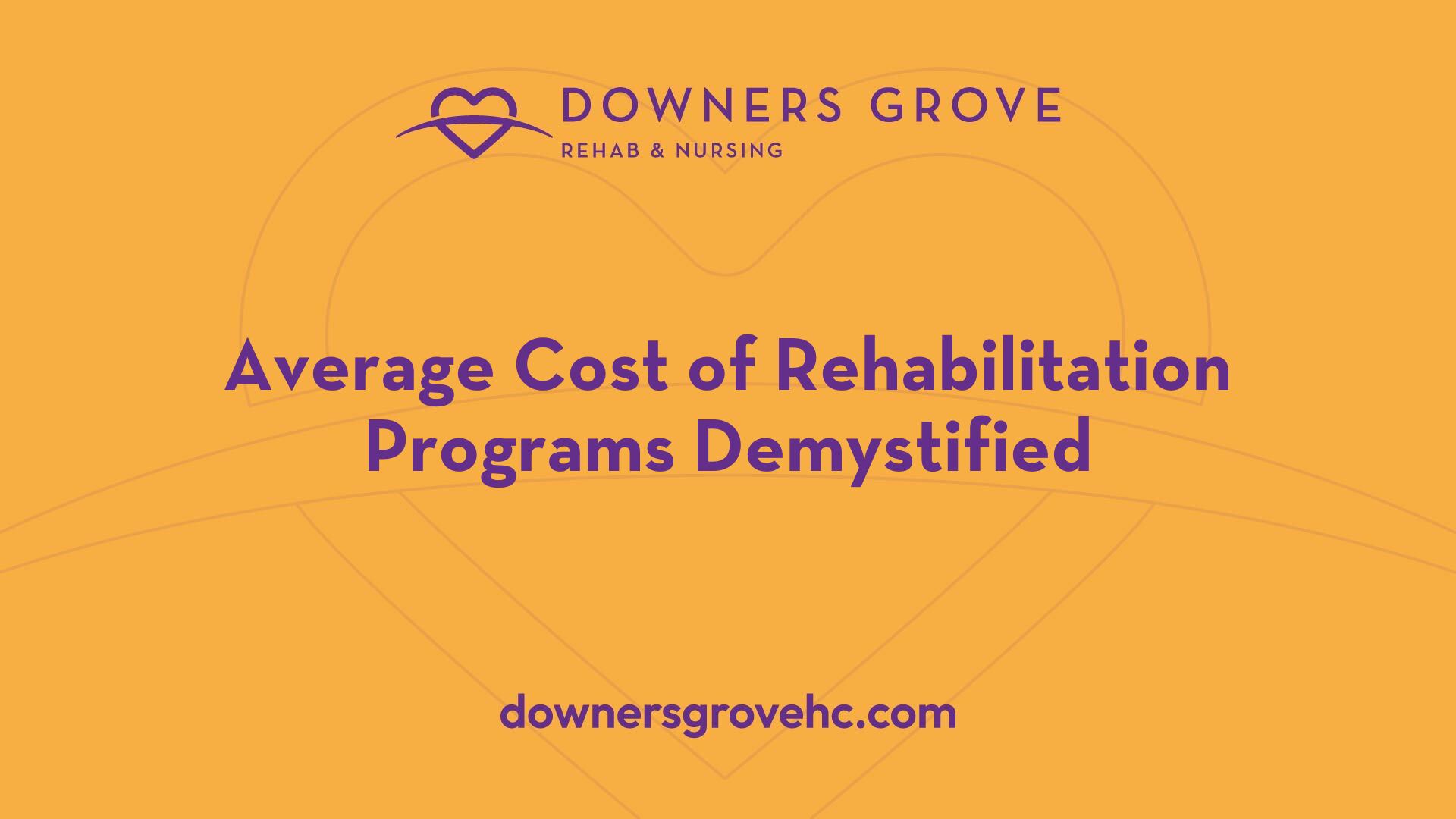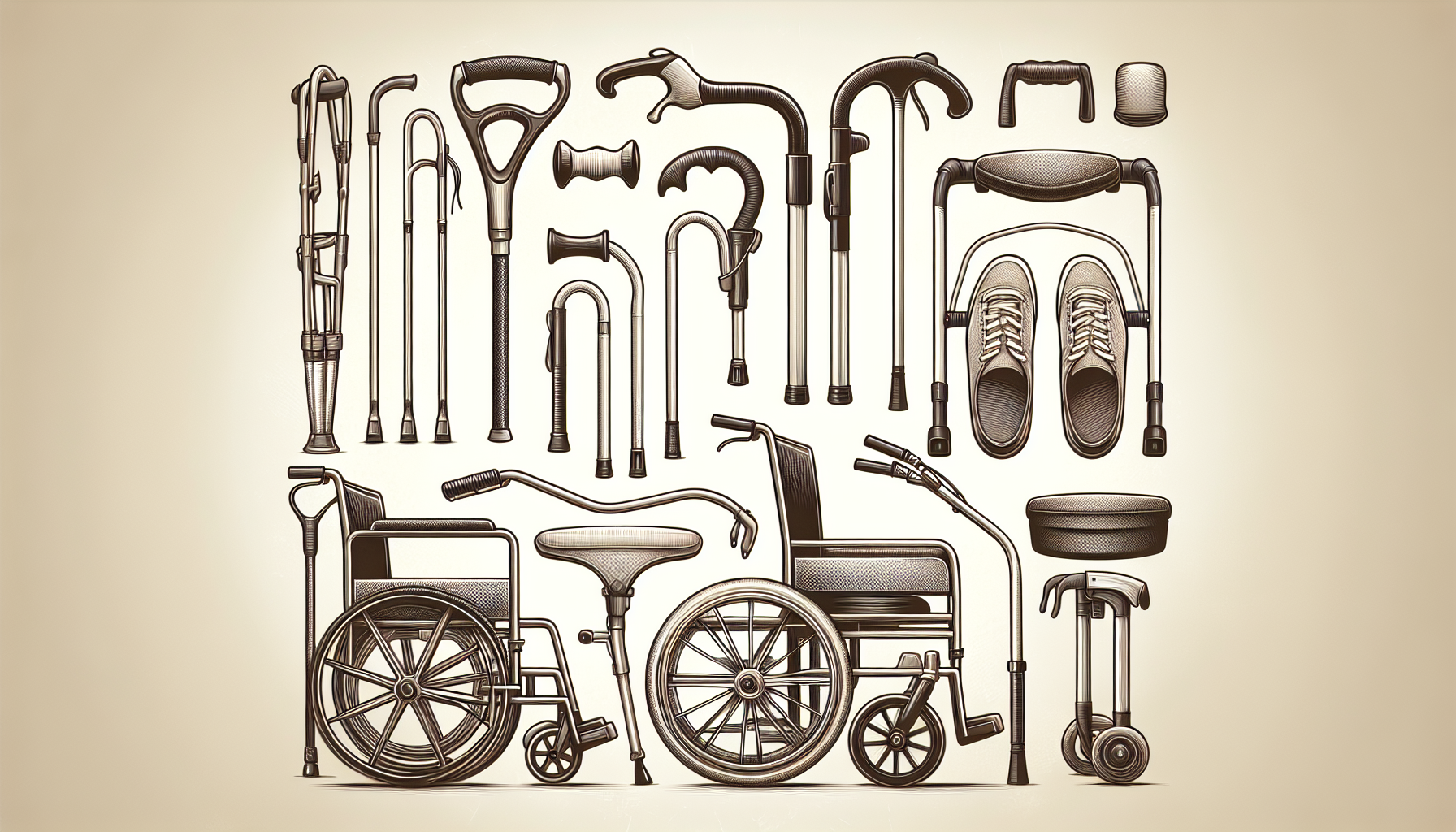Understanding Senior Living Options
When it comes to senior living, there are various options available to meet the unique needs and preferences of older adults. Two common options are assisted living and independent living. Let's explore each of these options in more detail.
Assisted Living Levels of Care
Assisted living communities provide long-term housing and personalized health care services for seniors. The levels of care in assisted living refer to the amount of assistance an individual needs with activities of daily living (ADLs) and the management of their health. These levels of care feature different costs and amounts of hands-on care [1].
In assisted living, residents can age in place longer, receiving more care while living in their apartments and community. This allows them to live safely and happily in their assisted living apartments for an extended period. The various levels of care in assisted living accommodate residents with different needs and provide appropriate support and assistance [1].
The lower levels of care in assisted living are typically for residents who need minimal assistance. They can ambulate without help, have no memory loss, and are independent in daily hygiene and care. Nurses manage their medications and perform regular tests to ensure their well-being [1].
On the other hand, the higher levels of care in assisted living are designed for residents who require more hands-on assistance. These individuals may not be able to ambulate independently, need help with dressing, bathing, toileting, and may exhibit signs of memory loss. They require additional support and cueing to manage their day successfully.
Independent Living Overview
Independent living, also known as retirement living or senior apartments, is another option for older adults. It is designed for seniors who are able to live independently and do not require assistance with ADLs on a regular basis. Independent living communities provide a range of services and amenities to support an active and maintenance-free lifestyle.
In independent living facilities, seniors have the freedom to live in their own private apartments or homes. These communities offer a variety of amenities such as fitness centers, social activities, dining options, transportation services, and housekeeping. They provide a sense of community and offer opportunities for social engagement and a vibrant lifestyle.
While independent living communities do not typically provide personal care services, some may offer optional services like housekeeping, meal plans, and assistance with certain tasks. These communities are ideal for older adults who are self-sufficient but desire a supportive and social environment.
Understanding the differences between assisted living and independent living is essential when making decisions about senior living options. Factors such as levels of care provided, amenities and services offered, and personal preferences should be considered to ensure the best fit for individual needs.
Assisted Living vs Independent Living Costs
When considering senior living options, one important factor to consider is the cost. Understanding the cost comparison and the factors affecting pricing can help individuals make informed decisions about whether assisted living or independent living is the right choice for them.
Cost Comparison
The nationwide median monthly cost of assisted living is approximately $4,807, while the nationwide median monthly cost of independent living is around $3,000. However, it's important to note that both assisted living and independent living costs can vary based on location, amenities, and other factors.
To provide a general idea of the cost range, independent living costs can start around $1,709 to $4,595 per month for all-inclusive rents. Larger operators of senior living in the United States reported an even wider range of costs, averaging $870 to $7,545 per month for independent living [3]. It's crucial to research specific independent living options in your area to get a more accurate understanding of the costs.
While independent living costs can vary widely, they generally tend to be about 30% to 50% less than assisted living options in a given area. For example, based on Genworth Financial's reported assisted living costs for 2021, monthly costs range from $1,800 in Missouri to $4,014 in Delaware. However, keep in mind that these figures are approximate and can differ depending on various factors.
Factors Affecting Pricing
The costs of both assisted living and independent living can be influenced by several factors. These factors include:
- Location: The cost of living in different areas can significantly impact the pricing of senior living options. For example, the median monthly cost of assisted living in California is around $5,250, compared to $3,612 in South Carolina.
- Amenities and Services: The range of amenities and services provided by the senior living community can affect the pricing. Independent living fees often include amenities like dining programs, housekeeping, maintenance services, fitness centers, game rooms, movie theaters, educational and cultural offerings, and transportation to community activities. On the other hand, assisted living costs typically include personal care and medical services in addition to these amenities.
- Additional Fees: Assisted living may have additional fees depending on the level of care required by the individual. These fees can vary and may increase the monthly rate by significant amounts.
It's important to thoroughly research and inquire about the specific costs and fee structures of assisted living and independent living communities in your desired location. By understanding these costs and factors, individuals can make more informed decisions about which senior living option aligns with their budget and preferences.
Key Differences Between Assisted Living and Independent Living
When considering senior living options, it's important to understand the key differences between assisted living and independent living. These two types of living arrangements cater to different needs and offer varying levels of care, amenities, and services.
Levels of Care Provided
Assisted living communities offer different levels of care tailored to individual needs. Lower levels of care are typically for residents who require minimal assistance, can ambulate without help, have no memory loss, and are independent in daily hygiene and care. In these cases, nurses primarily manage medications and perform regular tests [1].
On the other hand, higher levels of care in assisted living are designed for residents who need more hands-on assistance. These individuals may not be able to ambulate independently, require help with dressing, bathing, toileting, and may exhibit signs of memory loss. They may need more cueing and assistance to manage their day successfully [1].
Assisted living communities may also include memory care units that provide specialized care for seniors living with Alzheimer's disease or dementia. These units feature a higher level of care, specialized training in dementia care, failure-free activities, and dignity-focused dining programs [1].
On the other hand, independent living communities are designed for seniors who can complete daily tasks without assistance. These communities provide a more independent lifestyle, with residents having the freedom to manage their own activities of daily living (ADLs) such as bathing, dressing, and personal care.
Amenities and Services Offered
Both assisted living and independent living communities offer a range of amenities and services to enhance the quality of life for their residents.
Assisted living communities provide help with activities of daily living (ADLs) such as bathing, dressing, and medication management. They often feature communal dining areas, housekeeping services, transportation assistance, and social activities tailored to residents' preferences. Additionally, some assisted living communities have memory care units that provide specialized care for individuals with Alzheimer's disease or dementia.
Independent living communities, while offering a greater level of independence, also provide amenities and services to support an active and fulfilling lifestyle. These may include fitness centers, swimming pools, libraries, on-site dining options, transportation services, and a calendar of social activities. Independent living communities foster a sense of community and provide opportunities for residents to engage with their peers through organized events and outings.
The choice between assisted living and independent living ultimately depends on the level of care needed and the desired lifestyle. It's important to consider factors such as overall health, mobility, cognitive abilities, and personal preferences when making a decision. By understanding the levels of care provided and the amenities and services offered, individuals and their families can make informed choices that best suit their needs and enhance their quality of life.
Social Aspects in Senior Living Communities
When it comes to senior living communities, social engagement plays a vital role in enhancing the overall quality of life for older adults. Both assisted living and independent living communities recognize the importance of social activities, albeit with some differences in their approach.
Social Activities in Assisted Living
Assisted living communities cater to individuals who require help with daily activities and some healthcare services but do not need 24-hour skilled nursing care. Social activities in assisted living facilities are specifically designed to engage residents with physical or cognitive limitations, promoting social interaction and a sense of belonging. Examples of social activities in assisted living may include chair yoga, art classes, group outings, and pet therapy groups [5].
These activities are carefully curated to accommodate the unique needs and abilities of the residents, encouraging them to participate and stay connected with their peers. By fostering a sense of community and providing opportunities for social interaction, assisted living communities promote overall well-being and combat social isolation, which can have negative impacts on older adults' health.
Social Engagement in Independent Living
On the other hand, independent living communities are designed for active older adults who prefer a maintenance-free lifestyle and a sense of community without the burden of home ownership. While independent living communities also offer social activities, their focus is on creating an environment that caters to the interests and preferences of active adults aged 55 or older.
These communities provide opportunities for residents to engage in a variety of social programs, such as classes, trips, volunteer opportunities, and group activities initiated by the residents themselves. The goal is to foster a vibrant and socially active community where residents can connect with like-minded individuals and enjoy a fulfilling retirement lifestyle [5].
By participating in social activities, residents of independent living communities can form new friendships, pursue shared interests, and maintain an active and vibrant social life. These engagements contribute to overall well-being, mental stimulation, and a sense of belonging within the community.
It's important to note that social isolation puts older adults at risk for various health issues, including dementia, stroke, depression, anxiety, and premature death. Both assisted living and independent living communities recognize the importance of combating social isolation and prioritize social engagement as a key component of their offerings.
In summary, while assisted living communities focus on providing social activities tailored to residents with specific needs, independent living communities offer a wide range of social programs targeted towards active adults. Regardless of the type of senior living community, the emphasis on social engagement promotes a fulfilling and enriched lifestyle for older adults.
Health and Medical Care Services
When comparing assisted living and independent living options for seniors, it's important to consider the health and medical care services provided in each setting. While both offer support and assistance, there are key differences in the level of care and wellness programs available.
Medical Assistance in Assisted Living
Assisted living communities are designed to provide a higher level of care for individuals who need assistance with daily activities but do not require 24-hour skilled nursing care services for extended periods [5]. In assisted living, staff members are available to provide residents with assistance in activities of daily living, including dressing, grooming, showering, and medication management.
These communities typically have staff members and registered nurses on call 24/7 to ensure the convenience and safety of the residents. They are equipped to handle medical emergencies and can coordinate with healthcare professionals to meet the healthcare needs of the residents.
Wellness Programs in Independent Living
While independent living communities may not provide the same level of medical assistance as assisted living, they often offer a variety of wellness programs to support the overall well-being of their residents. These programs are designed to promote physical, mental, and emotional health.
Wellness programs in independent living communities may include fitness classes, recreational activities, educational seminars, and social events. They aim to enhance the residents' quality of life and provide opportunities for social engagement. These programs may be tailored to suit the needs and interests of the residents, encouraging an active and healthy lifestyle.
It's important to note that the availability of medical services in independent living communities may vary. Some communities may have on-site healthcare professionals or access to healthcare services, while others may require residents to seek medical care from external providers.
When considering health and medical care services in assisted living and independent living, it's crucial to assess your individual needs and preferences. If you require more hands-on medical assistance and support with daily activities, assisted living may be the better option. On the other hand, if you are looking for a community that promotes overall wellness and independence, independent living with its focus on wellness programs may be more suitable.
Understanding the differences in health and medical care services between assisted living and independent living communities can help you make an informed decision about the best fit for your needs. Remember to explore the specific offerings of each community and consider factors such as cost, location, and amenities to find the living arrangement that aligns with your healthcare requirements and overall lifestyle goals.
Making Informed Decisions
When considering the transition to senior living, it's important to make informed decisions that best suit individual needs. Whether choosing between assisted living or independent living, there are several factors to consider before making a decision.
Factors to Consider
- Level of Care Needed: Assessing the level of care required is crucial. Assisted living communities provide personalized health care services for seniors who require additional support with tasks such as medication management, personal hygiene, and mobility assistance. On the other hand, independent living communities cater to older adults who are in relatively good health and do not require personal care or medical services.
- Cost: Financial considerations play a significant role in decision-making. Independent living options generally cost about 30% to 50% less than assisted living options in a given area. Monthly costs vary based on location and amenities offered. It's important to assess the affordability and understand what is included in the fees. While Medicare and health insurance do not cover independent living costs, some long-term care insurance plans may offer coverage for aspects of senior living.
- Amenities and Services: Consider the amenities and services provided by both types of communities. Independent living communities typically offer a range of amenities such as dining programs, housekeeping, fitness centers, educational and cultural offerings, transportation, and more [4]. Assisted living communities focus on providing personalized care services and may have fewer amenities in comparison. Assessing individual preferences and needs is essential when evaluating the amenities and services offered.
- Social and Lifestyle Factors: Social aspects and lifestyle considerations are important for overall well-being. Both assisted living and independent living communities offer opportunities for social engagement. Assisted living communities often provide organized social activities, while independent living communities often foster a vibrant social environment through on-site activities and engagement with like-minded individuals. It's important to evaluate which community aligns with personal interests and preferences.
Tailoring to Individual Needs
Ultimately, choosing between assisted living and independent living depends on the unique needs and preferences of each individual. Assessing the level of care required, evaluating costs, considering amenities and services, and factoring in social and lifestyle aspects are all crucial steps in making an informed decision.
It's advisable to visit and tour various communities, speak with staff and residents, and gather as much information as possible before making a final decision. Additionally, consulting with family members, healthcare professionals, or trusted advisors can provide valuable insights and guidance.
By carefully considering the factors that matter most and tailoring the decision to individual needs, seniors can find the perfect fit in either assisted living or independent living communities.
References
[1]: https://www.arborcompany.com/blog/whats-the-difference-with-levels-of-care-in-assisted-living
[2]: https://www.aplaceformom.com/caregiver-resources/articles/assisted-living-vs-independent-living
[3]: https://www.ncoa.org/adviser/local-care/assisted-living/assisted-living-vs-independent-living
[4]: https://health.usnews.com/senior-care/caregiving/articles/independent-vs-senior-living
[5]: https://www.ncoa.org/adviser/local-care/assisted-living/assisted-living-vs-independent-living/
[6]: https://www.hebrewseniorlife.org/blog/five-differences-between-independent-living-and-assisted-living





































































































